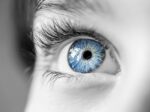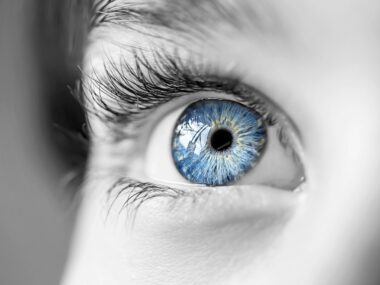All with sarcoidosis should have an eye screening, study suggests
Uveitis detected even in asymptomatic cohort in research out of New Zealand
Written by |

More than half of sarcoidosis patients who were subjected to eye examinations were diagnosed with uveitis, an eye inflammation that may cause vision loss, according to a recent study.
Despite most of those diagnosed patients showing acute symptoms, almost a quarter of those completely asymptomatic also had the condition. Blurred vision, eye pain, and respiratory issues were associated with a higher risk of developing uveitis.
“Our study highlights the importance of ophthalmic [eye] screening of all patients with systemic sarcoidosis, even in asymptomatic patients,” to enable detection and timely treatment of potentially vision-threatening disease, the researchers wrote.
The study, “Role of screening for uveitis in subjects with sarcoidosis,” was published in the journal Respiratory Medicine.
Sarcoidosis is characterized by an overactive immune system that leads to the formation of small clumps of inflammatory cells, called granulomas, in different tissues and organs, affecting their function. Ocular involvement is common in sarcoidosis, often including uveitis or dry eye.
Uveitis, an inflammation of the uvea (the eye’s middle layer, responsible for blood supply to the retina), is a frequent and early feature of sarcoidosis and a potentially treatable cause of vision loss. Therefore, ophthalmic evaluation is recommended for all sarcoidosis patients, regardless of eye symptoms.
“However, it is unknown if such widescale screening programmes are effective,” the researchers, mostly from New Zealand, wrote. They noted a recent study that had concluded screening exams were indicated for patients with ocular symptoms, but had no benefit for asymptomatic patients.
The retrospective analysis and its results
To further explore this issue, researchers retrospectively evaluated 88 people with sarcoidosis and no previous history of uveitis, all followed by an ophthalmology center between January 2016 and May 2022.
Patients were mainly men (51.1%) and had a mean age of 50.1 years. For most patients (69.3%), the sarcoidosis diagnosis was confirmed through a biopsy, which involves collecting a small piece of tissue to be analyzed in the laboratory. All had systemic sarcoidosis, mostly with respiratory involvement (84.1%), followed by skin (20.5%) and joint (10.2%) involvement.
Almost two-thirds of the patients (54 patients, 61.4%) were asymptomatic, although half of these (27 patients) were found to have symptoms suggestive of uveitis after careful analysis of the patient’s history. Moreover, about a third (34 patients, 38.6%) showed acute symptoms, of which almost all (94.1%) were diagnosed with uveitis.
Overall, blurred vision occurred in 34 patients (38.6%), red eye in 23 patients (26.1%), and eye pain in 19 patients (21.6%). Floaters were present in 14 patients (15.9%) and light sensitivity in 12 patients (13.6%).
Among the 27 patients who were completely asymptomatic at screening, uveitis was detected in six patients (22.2%).
Before their eyes were examined, 27 patients were already being treated with systemic immunosuppressant therapies for sarcoidosis: 18 in the screening examination group and nine in the acutely presenting group.
A treatment change was initiated in 45 patients, including topic or systemic immunosuppression, medication to reduce ocular pressure, injections of anti-vascular endothelial growth factor to slow the growth of abnormal blood vessels in the eye, or laser treatment. The remaining five patients with uveitis were already on systemic immunosuppression or had been kept under observation.
A multivariate analysis, which assesses the contribution of several factors for a particular outcome, showed patients with blurred vision had a 26.2 times higher risk of having uveitis, while eye pain increased the risk by 7.3 times and respiratory involvement by 7.1 times.
Moreover, among 41 patients with no uveitis at the initial examination, three (7.3%) subsequently developed the condition. At the final follow-up evaluation, sarcoid uveitis had been diagnosed in more than half of the patients (56.8%), in most cases affecting both eyes.
“Ophthalmologists should educate patients to look out for the development of symptoms of ocular inflammation,” the researchers wrote, adding that “clinicians who continue follow up for systemic sarcoidosis should remind patients to watch carefully for these symptoms to facilitate timely diagnosis and intervention.”





